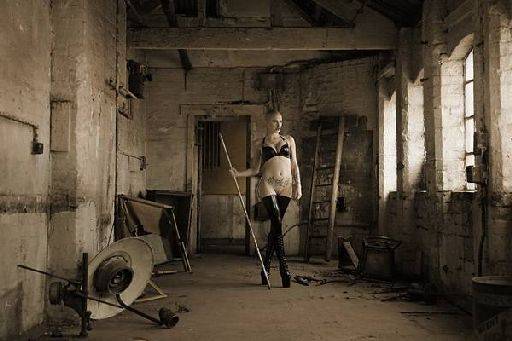AOP part 17: How do I learn to see?

I can tell you simply in three words "Practice. Shoot, Review". Then repeat this a few 1,000 times.
When you first start taking photos you make all the usual mistakes, lamp posts out the top of peoples heads, distracting backgrounds, bad lighting. After a while you learn and you stop making those basic mistakes, but you still have to learn how to truly master what you are seeing and shooting.
PRACTICE
I have a real gripe that photographers do not practice enough, we are always trying to get the shot. If we don't get it first try then too often we don't try again. But practice costs nothing, how can we improve without practice?
SHOOT
Have some kind of idea of what you are going to shoot. If you don't know what you wanted, how do you know whether you got it. With no plan it is all just random. During the shoot keep reviewing what you are shooting and compare it to the images in your plan.
REVIEW
Once we get home from a shoot we scan them through Lightroom and we pick the keepers, but do we look at the failures? I don't mean the obvious ones, but the nearly made its. Why is the image you have chosen better than the ones on either side? Look at the ones you don't keep as much as the ones you do. Understand why the keeper is the best.
So what should you be looking for?
THE LOCATION
How is the location shaped, what frames can I find and where are the leading lines. Are there distractions that I must avoid? If I can't avoid them, can I shoot so they will be easy to remove in post processing.
How does the light affect the location and where I can place my subject to be lit best? Do I need to modify the light, add more light or take light away?
Where do I put the camera to make the most of all these attributes?
What is the basic compositional structure of these picture going to be?
THE IMAGE
Can I crop the image? Can I rotate the image? Are the basic lines straight to the horizontal and vertical? Are there spots or other distractions that should be removed. What's on the edges of the frame?
Is the subject sufficiently separated from the background? Is it obvious what my subject is? Does the image convey something - an emotion, a recording, a story?
Is it colour or monochrome? Do the various tones within the image support the overall picture?
10,000 faults make a master.
When I shoot, I am doing a mix of the deliberate and the practiced intuition. Let's say I want the chair upside down because we are trying to make the location look wrecked - deliberate. The chair looks wrong, let's swing it round and move it to the right - intuitive.
When you watch an experienced professional you will see them often moving a light a couple inches, rotating a prop just a fraction and so on. Ask them why and it's hard to explain, "it looks better".
I don't have any magic sauce for you, just keep doing the "Practice, Shoot, Review".
share:
This is an excerpt from "Anatomy of a Photoshoot" which gives a complete breakdown of two days shooting with a full in-depth step by step review of everything that I do.
It is available on Amazon
or on
the store